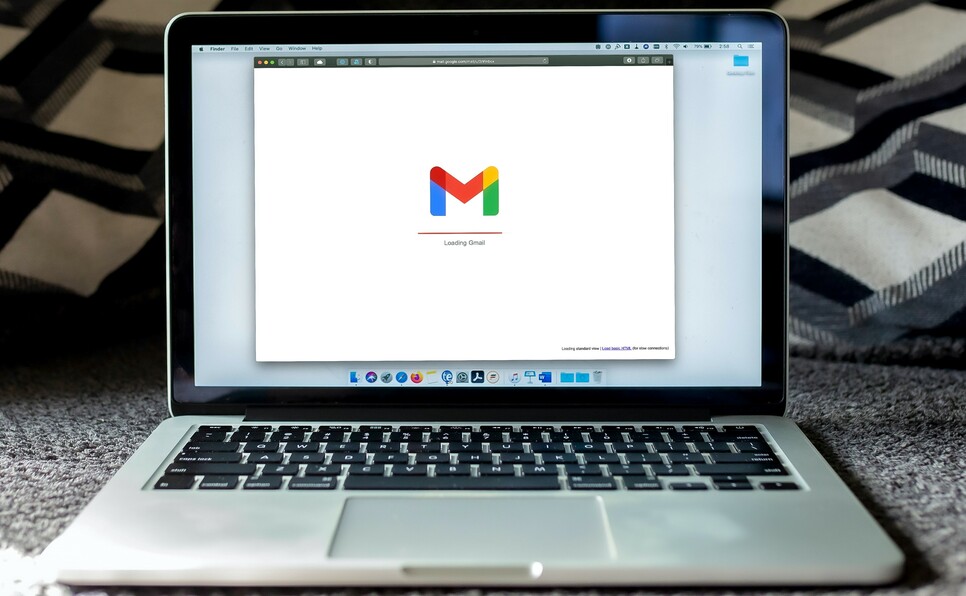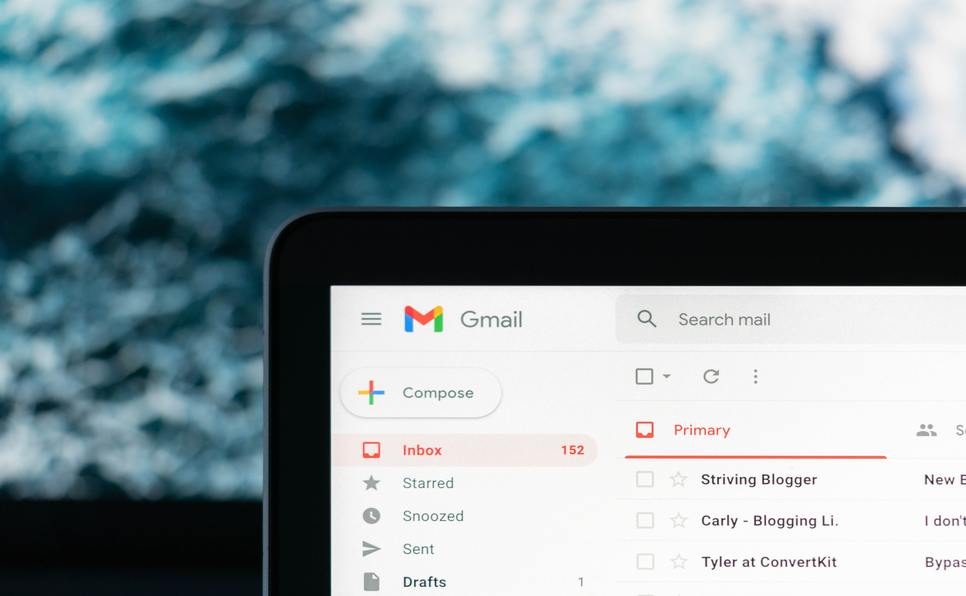There’s really only one way to format your query letter. The rules around formatting are hard, fast, and should be religiously followed if you want your query letter to be taken seriously by literary agents. If you ignore them, it shows the literary agent who you are querying that you are at best unprofessional, and at worst, lazy.
Don’t ask us who came up with these conventions. Don’t ask us why. It’s just the way they are. These rules and standards show literary agents that you have done your research, and that you’re prepared to listen and—there’s no way to sugar coat it—follow orders. A well-thought out, properly formatted query letter indicates that you are a professional person who takes the querying process seriously.
Query letters are a misnomer. These days, query letters are not actually letters, but emails. If you find a literary agency that does not accept email queries, run. They are stuck in the dark ages—and probably not the best advocate to have for your book when so much depends on email communication between agents and acquisitions editors at publishing houses.
So how do you format your query letter, or more precisely, your query email?
Format your query letter for an email, not a Word Document
Microsoft Word (or competitor tool) can be a problem child. Writing your query letter in Word is perfectly fine in the first instance, but may cause issues when you port it over to email. We recommend stripping out the formatting from Word completely. You can do this by copying and pasting into the Notepad tool. This is because invariably, Word is a bit funky when pasted directly into an email—weird little characters pop up, paragraph spaces change, and apostrophes go straight when they were once curly. Once you’ve pasted from Notepad into your email, go through and ensure that all your spacing, ampersands, and apostrophes look good.
Treat your email like an email, not a letter
The way you write an email is very different from the way you write a letter. There’s no need to put your address in the top corner in an email, for instance. And there’s also no need to write out the date; the recipient can see the date on the email metadata. Do not send your query letter as a Word document attached to the email. Always put the information in the body copy.
Use block formatting
That means single-spaced, with no indented margins, and a double space between paragraphs. Block formatting is exactly how it sounds: blocks of copy. Indents can be jarring, especially over email, where you have a short space to convey a lot. Your email should be left justified, so that the text is “jagged” on the right-hand side. This blog post is using the exact same formatting.
Know the rules around capitalization
Only capitalize your BOOK TITLE. Characters, places, and other nouns should not be capitalized. Use Title Case for proper nouns, and sentence case for everything else.
Avoid fancy flourishes
Use a normal font size and color. That means Times New Roman or Arial, size 12 pt., black. Do not use bold or italics for emphasis, unless you really have to.
Follow the metadata paragraph format
When you write your word count, write numbers in full with a comma, for example: NOVEL NAME is 84,000 words. Then, when you make your “comps” (comparisons to novels that are similar to yours so the agent has a good idea of how they would promote your book in future), ensure that those comps are also in SHOUTY CAPS. It’s a bit weird, but it’s just how it’s done.
Signing off
Sign off with “Sincerely,” and place your full name directly below. This is email. Don’t leave a space, and for goodness sake, don’t import an image of your handwritten signature. Again, this is not a traditional letter. It’s fine to write your website below your name, email, phone number, and website, but the way you write it should be: yourname.com, and the full text should be hyperlinked to your website.
British vs. American English
Literary agents are predominantly based in North America. If you are British or from a country that uses British English, and your manuscript is written in British English, and possibly set in Britain, it’s fine to write your query letter in British English. American English should be used in all other circumstances.
Example of how to format your query letter
[Subject line] Query: NOVEL NAME
Dear Agent’s Name,
Here is the first paragraph of block text. You will use this paragraph to say why you’re querying the agent (optional), and then lead with your query letter hook.
Expand on your hook. Use this second paragraph of block text to go into detail about your manuscript.
More manuscript info—refer to our article on how to edit your query letter for this one…
Final bit of manuscript info—refer to our article on query letter length if you want to get a good idea on how long each of these paragraphs should be…
NOVEL NAME is 84,000 words in X genre. It will appeal to readers of x genre and is comparable to Y NOVEL, and X NOVEL, with a little bit of Z NOVEL thrown in.
Thank them for their time and consideration.
Sincerely,
Your name—without a paragraph space
Your email address
Your phone number
yourname.com
Format your query letter for success
We understand that formatting can be stressful and annoying and time consuming and all of those things. Nobody ever said it would be easy. But just think about your query letter as the first point of entry to get a literary agent’s time and attention. You can—and should—afford to spend your own time and attention on something that valuable.
Recommended reading
Here at Aspiring Author, we love recommending bestsellers and fawning over hot new releases. On this real time recommended reading list, you will find a list of top rated books on the publishing industry, craft, and other books to help you elevate your writing career.









